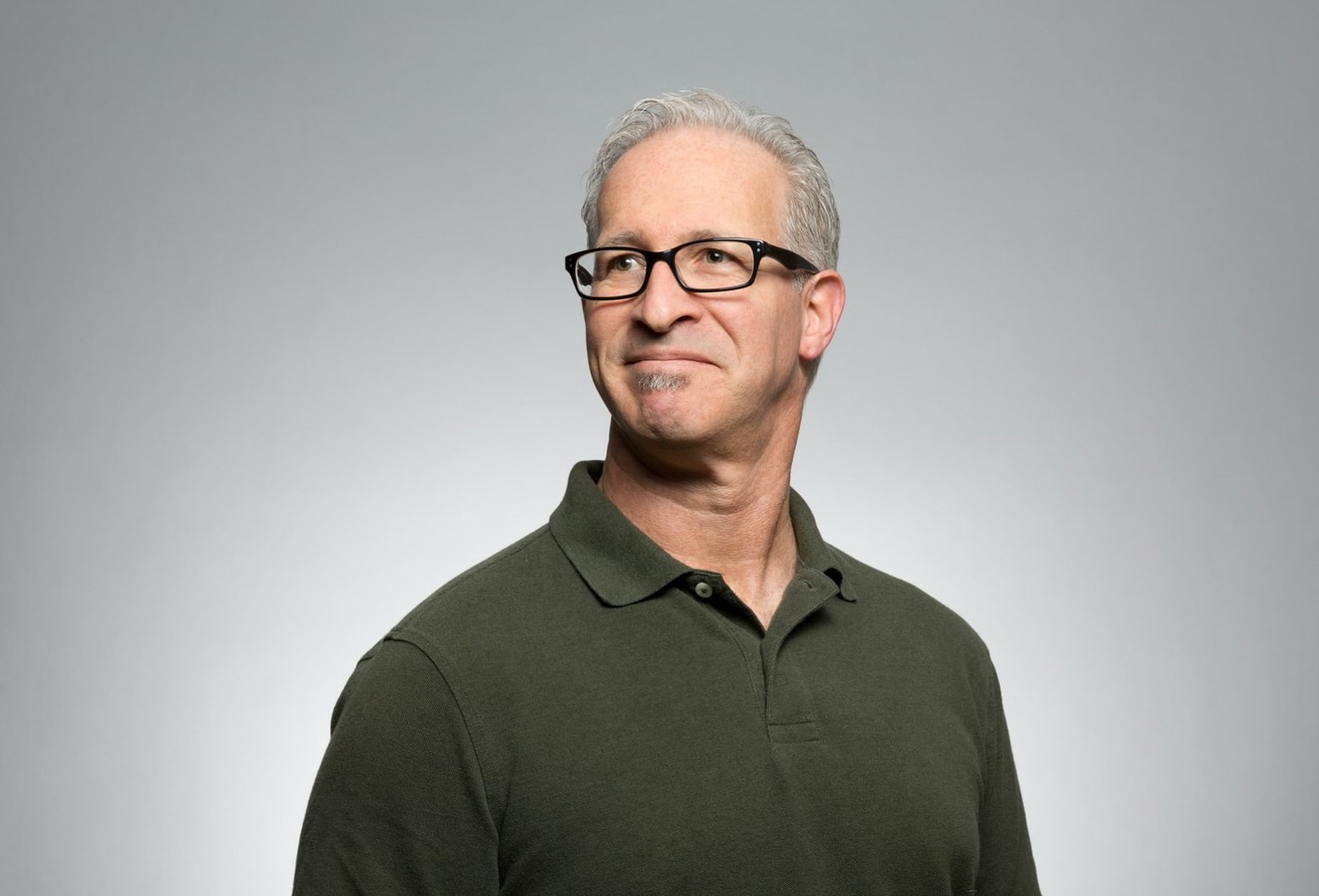How to Write a Speaker Bio for a Conference (with Examples)
Author bios, or speaker bios, can be used for a variety of purposes. They can be included as part of your application to present at a conference or posted to an event website to introduce yourself as a presenter at the event. Bios can also be helpful to have on your profile in the participant directory of the conference management tool used for the event, so that others to know what you’re working on.
For many, an author bio is their first introduction to their peers – sort of like a digital, written handshake. In the world of academic conferences, conference programmes and websites will include a biography of every speaker.
An interesting, engaging bio can help encourage others to participate in the event, and impact the number of people who attend your presentation, so it’s important to take your time, do your research, and write a biography that will highlight the characteristics that set you apart from the rest.
How do you write a good short bio?
Start by taking notes of your strengths and accomplishments. Look at your CV and pull out the very basics like where you went to school and your primary area of interest, then add in the impressive details like fellowships, published pieces, or exciting collaborations.

Here are the detailed steps to take to write a bio that will inspire your peers to attend your presentation or connect with you in a breakout session.
Step 1: Find out the required length
When you’re writing a speaker bio for a specific conference, make sure you know the length of bio the organizer is looking for. Each conference will have its own guidelines, and some will even ask for two versions – a longer one for the event website and a shorter one for the printed program.
Step 2. Write in the third person
Write your bio as if you’re writing it about someone else. Not only is this the most common format for a speaker biography, but it gives you the opportunity to add many details of your success and experiences without coming across as pompous or arrogant. Writing in the third person gives some authors more confidence to speak about themselves and their accomplishments.
Start out with your full name, then decide whether to refer to yourself throughout using your first name or last name. For less formal events, using your first name creates an air of familiarity, while referring to yourself by your last name is more professional and formal.
Step 3: Make a list of the basics
There are basic pieces of information that should be included in every speaker's biography.
These are:
- Your full name
- Your credentials
- Where you completed your graduate studies
- Your current position and where you work
- Your areas of interest
- How your experience is relevant and beneficial to the focus of the event
- Your most notable accomplishments - avoid building a laundry-list of published pieces, focus on the most impressive
- If you’ve published in any top peer-reviewed journals like Science, Nature, or the equivalent for your field, be sure to include this
- List any patents you hold or any breakthrough findings
- Note any impressive research collaborations with well-known subject matter experts
Step 4: Write to your audience
Get to know your audience before you start writing. I don’t mean get to know them personally – that will happen at the event. I mean get an understanding of the demographics and areas of interest of the potential conference attendees that will be reading your bio.
If you’re presenting at an ornithology conference and your audience is passionate about hands-on research, focus the content of your bio more heavily towards your applied experience studying birds. You can do this by highlighting the hands-on research you’ve done rather than the degrees and certifications you’ve earned. In this example, when discussing your PhD thesis, you would focus on the part of your research that led you to travel to Antarctica to study the Wandering Albatross migration.
If your audience is made up primarily of institutional academics, highlight who funded your research and which institutions you were collaborating with when the work was being conducted. For example, focus the mention of your PhD thesis around the fact that you studied at UCLA under one of their many renowned Professors of Ecology and Evolutionary Biology.
Step 5: Add some personality
One way to set yourself apart from other speakers is to inject some fun into your bio. You want it to be interesting and engaging – that’s how you will encourage other conference attendees to read the biography from start to finish. Don’t be afraid to try out some wordplay or alliterations. While there are great bios that start out with the speaker’s primary research area, some of the most engaging bios start off with a sentence or statement that is bold, unexpected, and captures your reader’s attention.
Examples of speakers' bio
Here are two good examples of the type of speaker’s biographies you’ll find on conference websites and programs.
Brandon Farbstein
Brandon Farbstein’s bio is short, it’s interesting, and it opens with information that highlights the attributes that set him apart from other speakers. It gets personal and draws the reader in. Personally, if I saw this bio in a conference program I would definitely make time in my schedule to attend this presentation.
“At just 20, Brandon Farbstein has already made a name for himself worldwide as a sought-after speaker and prominent Gen Z activist. Diagnosed with a rare form of dwarfism at the age of 2, Brandon stands at 3’9” – making his life’s journey full of adversity, strength, and impact. After feeling invisible and without a purpose for the first 15 years of his life, he discovered his calling on the TEDx stage, and suddenly realized his life’s meaning: to change the lens through which people see their world. In just three years of speaking, over five million people across the globe have been inspired by Brandon; and his work continues to touch audiences from every walk of life.”
One notable thing lacking here is clear information about Brandon’s work. We know a lot about him personally, we know that he’s a TEDx speaker, and we know that his work has impacted millions of people, but we really don’t know what he actually does.
Nicole Redvers
Nicole Redvers' bio starts by identifying her personal connection to her field of study, peaking the interest of readers and making it clear that she is passionate about her work. She goes on to cover her specific area of research, the institutions she’s connected with, and the advocacy works she’s involved with to advance her research in a way that will improve the lives of others.
“Dr. Nicole Redvers, ND, MPH, is a member of the Deninu K’ue First Nation in Denendeh (NWT) and has worked with Indigenous patients, scholars, and communities around the globe her entire career. She is an assistant professor in the Department of Family and Community Medicine and the Department of Indigenous Health at the University of North Dakota where she helped develop and launch the first Indigenous health PhD program. Dr. Redvers is co-founder and current board chair of the Canadian charity the Arctic Indigenous Wellness Foundation based in Yellowknife, NWT, providing traditional Indigenous-rooted Land-based wellness supports to northerners. She has been actively involved at regional, national, and international levels promoting the inclusion of Indigenous perspectives in both human and planetary health research and practice. She is author of the trade paperback book titled, ‘The Science of the Sacred: Bridging Global Indigenous Medicine Systems and Modern Scientific Principles’.”
One thing I like about this bio is that it takes the reader through a logical flow of information that ends with Redvers’ most notable accomplishments.
Fourwaves
Conclusion
A good speaker's bio is short, direct, and sparks interest. It provides the speaker with an opportunity to connect with conference attendees before the event begins, and it provides event attendees with an introduction to the speakers presenting at the event which will help them determine which presentations they want to attend.
With the instructions we provided and half an hour of your time, you’ll have a bio that stands out from the rest!


